You've got a new kitten, congrats! Now, it's time to tackle litter box training. Don't worry, you're not alone in this. This guide will equip you with proven techniques to get your kitten using the litter box like a champ.
We'll cover when to start, choosing the right box and litter, and how to handle common issues.
Remember, every kitten is unique, so let's kickstart this journey together for a well-adjusted, happy kitty.
Key Takeaways
-
Litter training can start at around 4 weeks of age when kittens start weaning.
-
Show your kitten the locations of each litter box and let them sniff them.
-
Encourage your kitten to use the litter box after eating, drinking, or waking up from a nap.
-
Reward your kitten with their favorite treat when they use the litter box appropriately.
The Right Time to Begin Litter Training
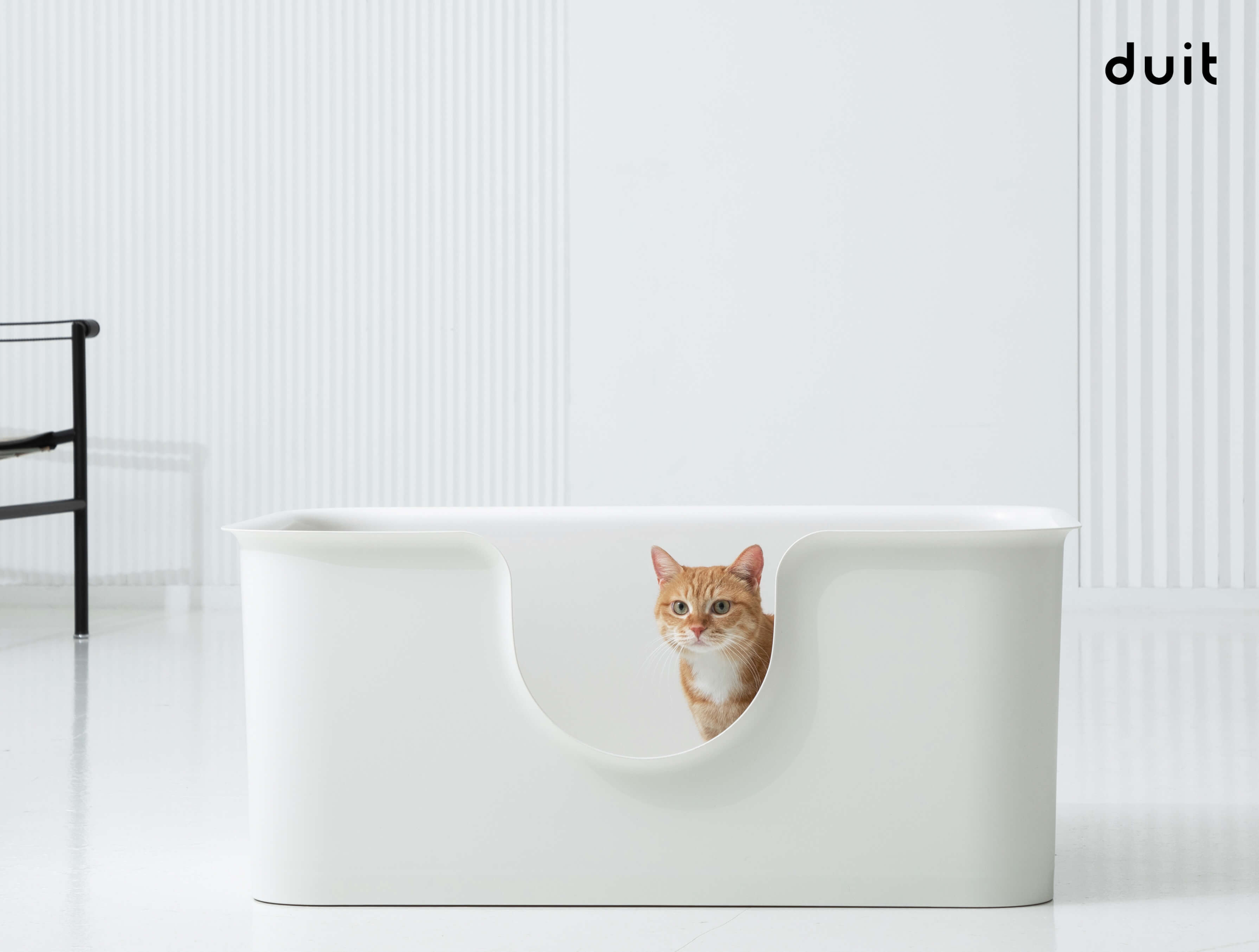
You can start litter training your kitten at around 4 weeks of age, which is typically when they begin weaning. This is the right time to begin litter training young kittens as they start showing interest in their mother's litter box. It's an ideal time for you to step in and guide them through the potty training process.
Litter box training is crucial for kittens. It's all about creating a comfortable and inviting environment for them. You'll want to ensure the litter box is easily accessible and in a quiet, low-traffic area. This helps kittens feel safe and secure while they're doing their business.
Practicing patience is key during the training process. Remember, you're dealing with a kitten, not an adult cat. They're still learning and may not get it right the first time. It's your job to gently guide them, not scold them.
Starting to litter train kittens is a vital part of their early development. It not only ensures cleanliness but also helps kittens develop good habits from an early age. So, don't delay, start your kitten's litter training today!
Selection and Proper Placement of the Litter Box

It's crucial to pick a suitable tray and location for your feline friend to ensure they feel comfortable and safe during their toilet time. When it comes to the selection and proper placement of the litter box, there are a few things to consider.
A new kitten might feel overwhelmed by a large litter box, so starting with a kitten-sized box is a smart move. As your kitten grows, you'll need to upgrade to a bigger box.
Consider how to place litter boxes in your home. Try to locate them in quiet, low-traffic areas where your little one can do their business without interruption. Avoid hiding litter boxes in corners or closets; your kitten shouldn't feel trapped. Spread out the boxes, with at least one on every floor of your home.
Box training a kitten involves more than just the right litter box; it's about creating an environment where they feel safe and confident. Remember, patience is key - some kittens may take longer to adjust than others. With the right approach, you'll have your kitten using their litter box like a pro in no time.
Identifying the Perfect Litter for Your Kitten

Finding the perfect substrate for your little feline's needs is just as important as the box itself. When you're litter box training, the right litter can make a world of difference, especially for very young kittens.
For tiny kittens, you'll want to start with a non-clumping or scoopable litter. Why? Because kittens are curious and may ingest the litter. Clumping litter could cause problems if swallowed.
Remember, mother cats stimulate their kittens to go by licking them. You can mimic this with a warm, damp cloth to encourage your kitten to use the litter tray.
Now, keeping a clean litter box is essential. Cats are clean creatures and won't use a dirty box. So, scoop daily, and fully change the litter weekly.
As your kitten grows, you can experiment with different litters, like clumping litter, to see what they prefer. Just remember, patience is key in this process.
Overcoming Challenges in Litter Box Training
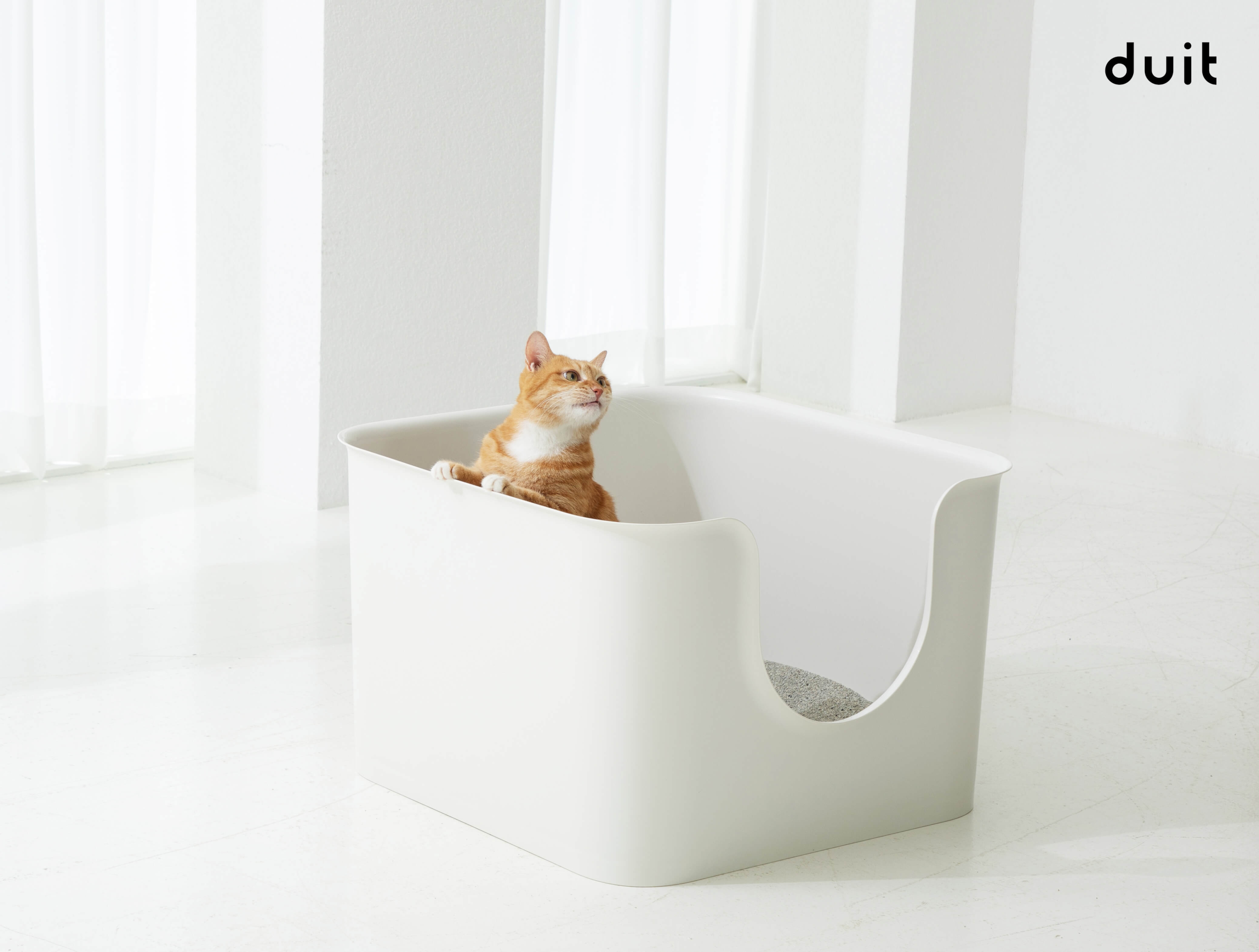
Despite your best efforts, there might be times when your little feline buddy struggles with using their designated restroom area, but don't worry, there are ways to overcome these challenges.
You're not alone in wondering how to litter box train a kitten.
Firstly, remember that most kittens are just like children and they tend to learn quickly, so patience is key. Positive reinforcement works wonders. Praise them or give them a small treat whenever they use the litter box immediately after waking, eating, or playing.
If they don't seem to be getting the hang of it, try changing the litter. Some kittens prefer certain types of clean litter over others. Moreover, make sure that the litter box is always clean because a dirty box can discourage your kitten from using it.
Lastly, keep a close watch on their behavior. If they're still avoiding the litter box, they might have a medical issue that's making it uncomfortable for them to go. Don't hesitate to consult your vet for advice.
With time, patience, and a little bit of understanding, your kitten will be fully litter trained, overcoming challenges in litter box training.
Using Pheromone Diffusers to Aid Training
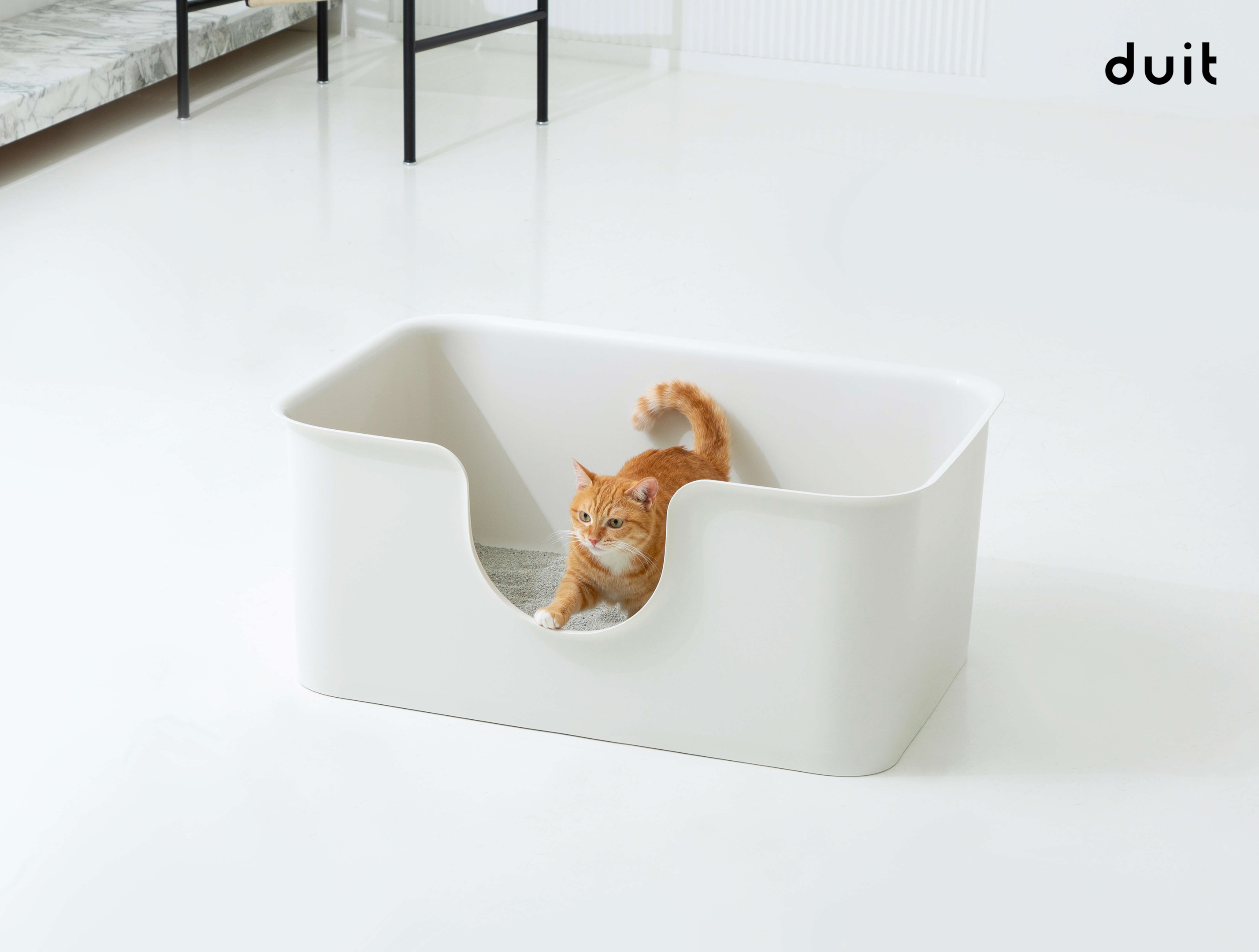
You've likely heard about pheromone diffusers, but you may not know how they can help with your little feline's bathroom habits. As your kitten grows, you might face challenges in litter box training. Here's where using pheromone diffusers to aid training comes in handy.
You see, these diffusers release a synthetic feline facial pheromone that makes your new furry friend feel safe and secure. This feeling of safety can encourage your kitten to use their litter box more consistently.
In the first few weeks, place the diffuser near the litter box. This helps your kitten associate the comforting smell with the box. Don't forget to celebrate each successful use of the litter box with a small treat.
When it comes to choosing the right box, opt for one that's easy for your kitten to get into and out of. As your kitten grows, you might need to upgrade to a bigger box. If your kitten doesn't take to the new box right away, remain patient.
The combination of the right kitty litter, a comforting environment, and the pheromone diffuser can work wonders.
Recognizing and Dealing With Possible Medical Complications
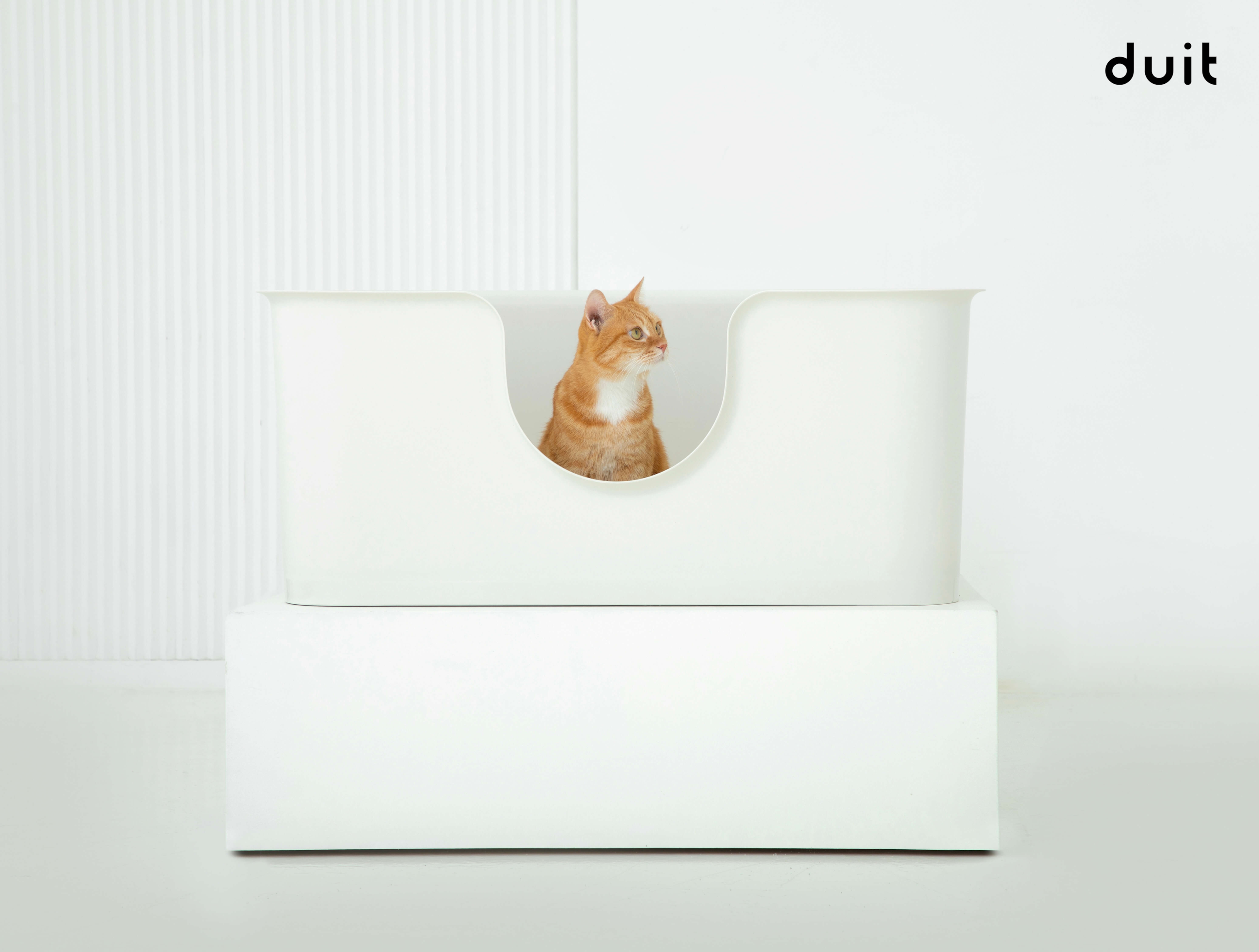
In dealing with potential medical complications, it's crucial to remember that any sudden change in your cat's bathroom habits could indicate a health issue. If you've just started to litter box train a week old kitten, remember that they're just learning to eat solid food and mightn't have developed the natural instinct to use a box.
Your kitten's potty habits can communicate a lot. Veterinarian Dr. Jane believes that if your kitten struggles with the litter box after the initial learning phase, there might be an underlying medical issue. It's not just about recognizing and dealing with possible medical complications, it's about prevention too.
In the realm of veterinary medicine, it's advised to take your kitten for regular check-ups. If there's a sudden change in their litter box use, consult with a certified animal behavior consultant or your vet. It could be a simple behavioral issue or a sign of something more serious.
The key is to be patient as kittens learn at their own pace. But, always stay alert to any changes that could be a cry for help. Your vigilance can ensure your kitten grows into a healthy, happy cat.
Celebrating Progress and Maintaining Good Habits
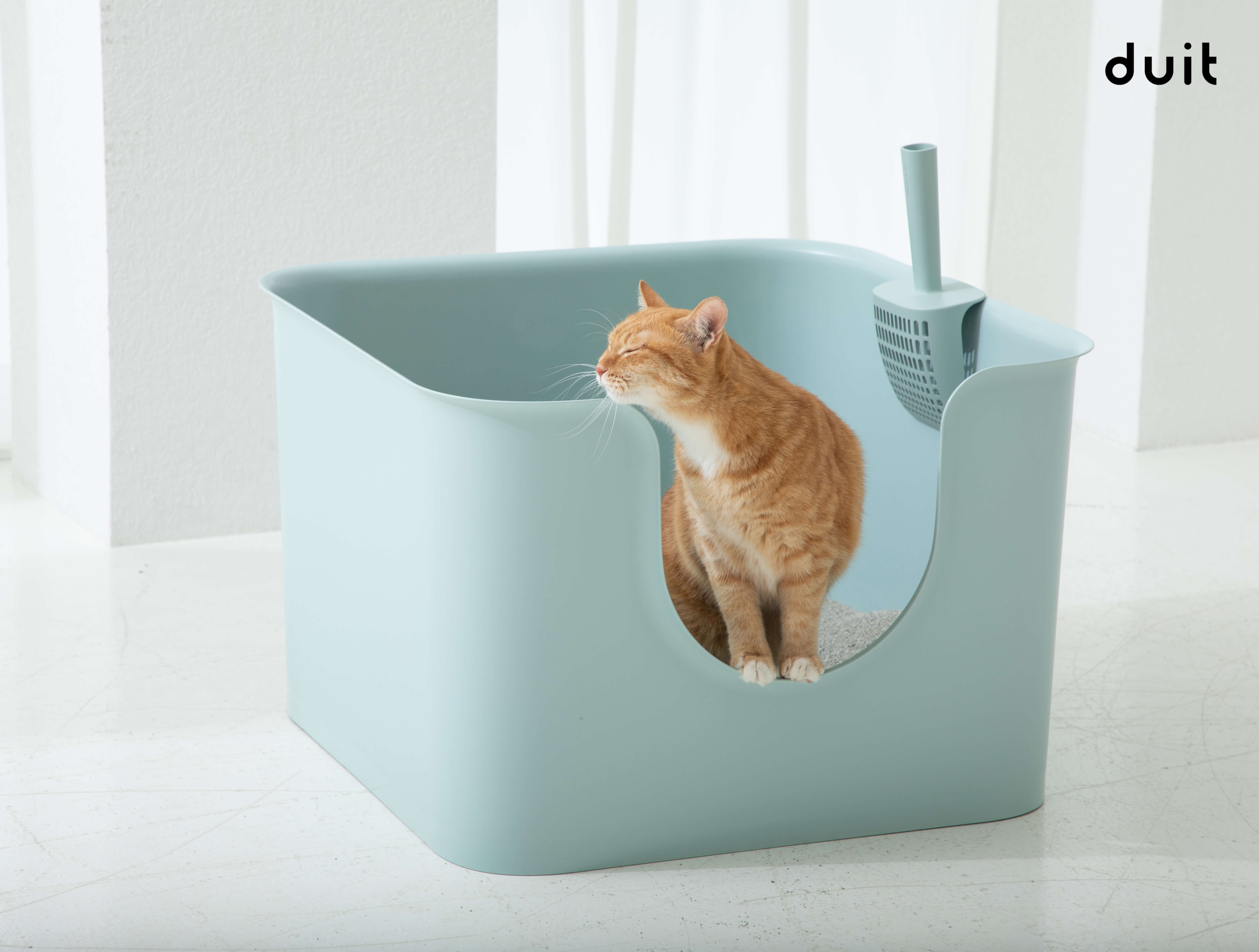
Celebrating your little one's progress and maintaining those good habits is just as important as getting them started.
As you're learning how to litter box train your kitten, you'll find that consistency is key. Ensure there's enough room in the litter box for your kitten to move around. Make sure it's easily accessible too. Keeping the box regularly clean encourages your kitten to use it.
Having multiple litter boxes can be beneficial, especially in multi-cat households. This gives your kitten their own space and may reduce territorial disputes. Remember, every cat is unique. Some may take to the litter box training quicker than others.
When your kitten uses the litter box correctly, make a big fuss. Positive reinforcement works wonders in these early stages. And if you're struggling, don't hesitate to reach out to animal behavior consultants. They're experts in their field and can provide invaluable advice.
Above all, keep celebrating progress and maintaining good habits. Your kitten's litter box training is a journey. It can be messy, but it's also filled with small victories worth celebrating.
Frequently Asked Questions
What Should I Do if My Kitten Is Afraid to Use the Litter Box?
If your kitten's afraid to use the litter box, don't panic. Start by moving the box to a quiet, low-traffic area. Make sure it's easily accessible and not near their food or water.
Try different types of litter, some cats have preferences. If they're still fearful, consider a vet visit to rule out medical issues.
How Can I Prevent My Kitten From Playing With the Litter Instead of Using It for the Intended Purpose?
It's normal for kittens to play with litter, but you'd want them to focus on its main function. Make sure you're using non-toxic litter, as kittens may ingest it while playing.
Distract them with toys or playtime when they start to play in the box. Avoid scented litter, as the smell may encourage play.
Keep the litter box clean; a dirty box may seem more like a sandbox to a playful kitten.
How Do I Handle Litter Box Training if I Have Multiple Kittens at Once?
Training multiple kittens at once isn't much different from training one. You'll need more litter boxes, as the rule is one per cat plus an extra.
Show each kitten the boxes and guide their paws to mimic digging. Reward them when they use the box correctly. If one kitten learns faster, the others may follow their lead.
Be patient and consistent, and remember, it's a learning process for them.
Can I Use a Deterrent Spray to Keep My Kitten From Eliminating in Unwanted Areas?
Sure, you can use a deterrent spray to keep your kitten from eliminating in unwanted areas. Just remember, it's important to use it correctly.
Don't spray it directly on your kitten. Instead, spray it in the areas where you don't want them to go.
Always combine this method with positive reinforcement for using the litter box. It's all about teaching them where it's acceptable to go.
If My Kitten Has Started Using the Litter Box Consistently, Is It Possible for Them to Regress and Stop Using It?
Yes, it's possible for your kitten to regress in their litter box training. Changes in environment, stress, or medical issues can all affect their habits.
If they stop using the box, don't panic. Start by checking for any changes that might've upset them. If nothing stands out, consider a vet visit to rule out health problems.
Conclusion
You've got this! Remember, every kitten is unique and may take a bit of time to master the litter box. Patience, understanding, and the right knowledge will make the process smoother.
Celebrate each progress, maintain good habits, and watch out for any medical complications. With love and care, your kitten will soon be a litter box pro, making for a happier, healthier home for both of you.
Keep going, you're doing great!

